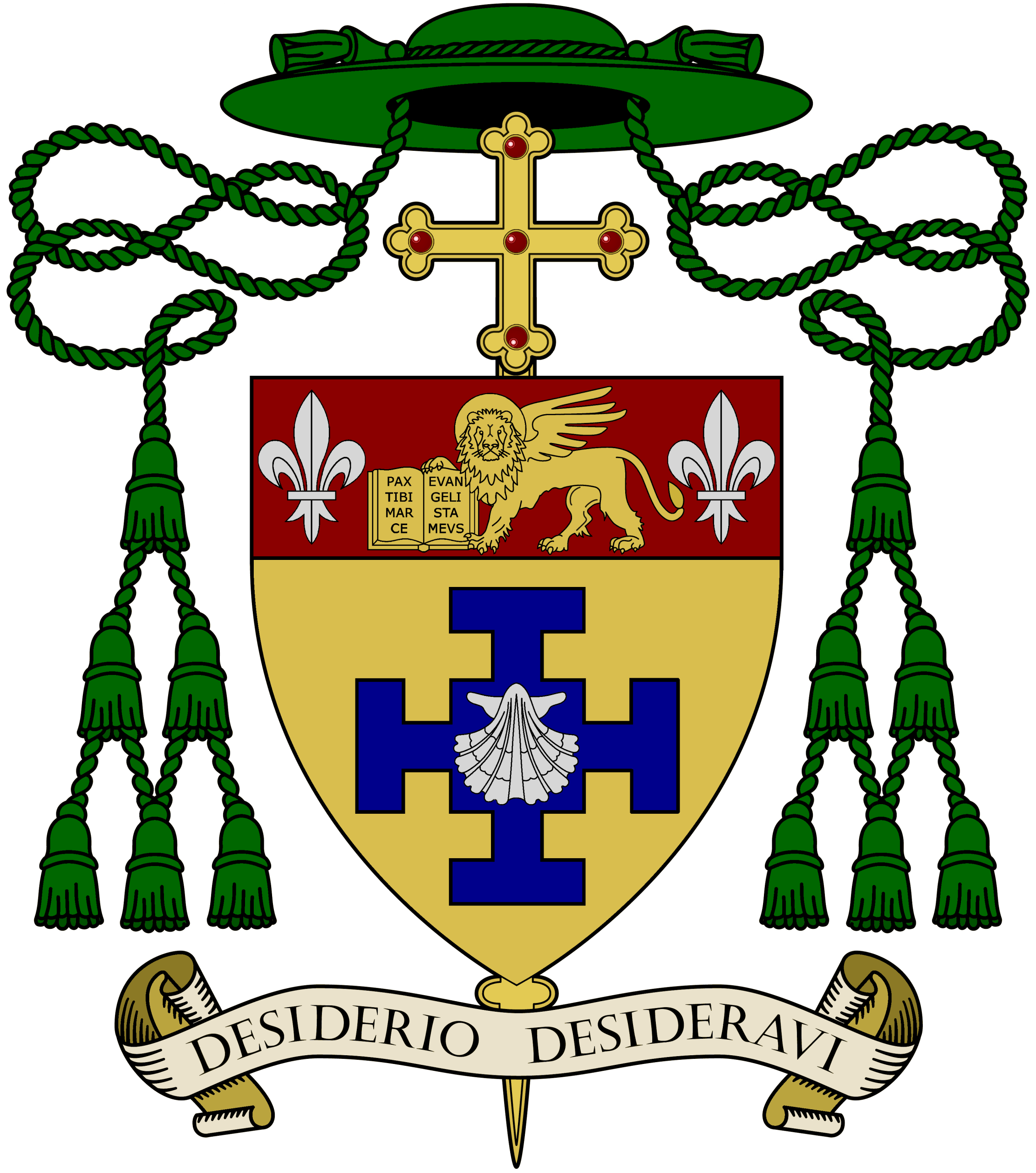At the back of St Charles Borromeo Church in the centre of Hull, on the memorial plaques listing the names of the servicemen of the parish who were killed in the two World Wars, is the name of the Rev Bernard Costello RACHD 1939-1945.
Seeking more information regarding chaplains (or padres as the majority of service personnel call them), I discovered that the RACHD had recently celebrated its 213th anniversary 1796-2009. Pastoral support for soldiers serving in the British Army was common long before 1796 but it was not until this date that a royal warrant was issued to establish the Army Chaplains Department. For many years prior to this, armies had ministers helping and supporting the soldiers, even William the Conqueror in 1066 had priests on his staff and by the time of Henry VIII, chaplains had become more established. By the time Oliver Cromwell came to power, most of the regiments had their own chaplains. During the next 150 years, there was a shortage; this was due to the poor pay and the dangers faced. On one expedition to the West Indies in 1795, no chaplains were available so the system of regimental chaplains appointed by the commanding officer was abolished and the Army Chaplain Department was formed but this did not increase the numbers, due to the hazards involved and the lack of financial rewards. Even in 1811, Wellington had only one active chaplain for the whole army. In 1854, during the beginning of the Crimean War, very few chaplains were available to go with a force of 26,000, due again to the very bad conditions, and so the Society for the Propagation of the Gospel financed additional clergymen.
When the RACHD was formed, it consisted solely of Church of England clergymen but permission was given for other denominations to be admitted. The first group was the Roman Catholics in 1836 followed by the Presbyterians in 1858, Wesleyans in 1881 and the Jews in 1892. The number of chaplains reached its peak in the First World War. At first, they were not allowed near the front line, confined only to the field hospitals but with the tremendous carnage, they were eventually allowed into the trenches, holding services and administering the Last Rites. One hundred and seventy two died during that war.
In the Second World War 1939-1945, many padres became prisoners of war. The Germans allowed them to hold the various services but the Japanese were suspicious and confiscated the hymn books and other religious items with services strictly limited. During this war, 96 British and 36 Commonwealth chaplains lost their lives. I well remember a friend of mine telling me that during the evacuation at Dunkirk, the padres were on the beach giving Holy Communion to the soldiers as they waited for the boats to take them back to dear old Blighty.
Padres are well respected by all serving personnel and are always officers of fairly high rank. When I was doing my National Service, they were always available to discuss any personal problems and sometimes when I served Mass, I often wondered who they turned to when they had any.
Since the Second World War, padres have served or are serving in Korea, East Africa, Malaysia, Northern Ireland, The Falklands, The Gulf, Yugoslavia, Iraq and Afghanistan.
It was not until 1947 the Department acquired Bagshot Park near Windsor on a long lease from the Crown and for the first time, the RACHD had a permanent home. It was later sold to the Earl of Wessex (the Queenís son) after he was married and I believe it has since been sold on. Wherever servicemen and women are stationed, padres are always available to administer the various sacraments and may God bless them all, the long and the short and the tall.
Pax Vobiscum.
